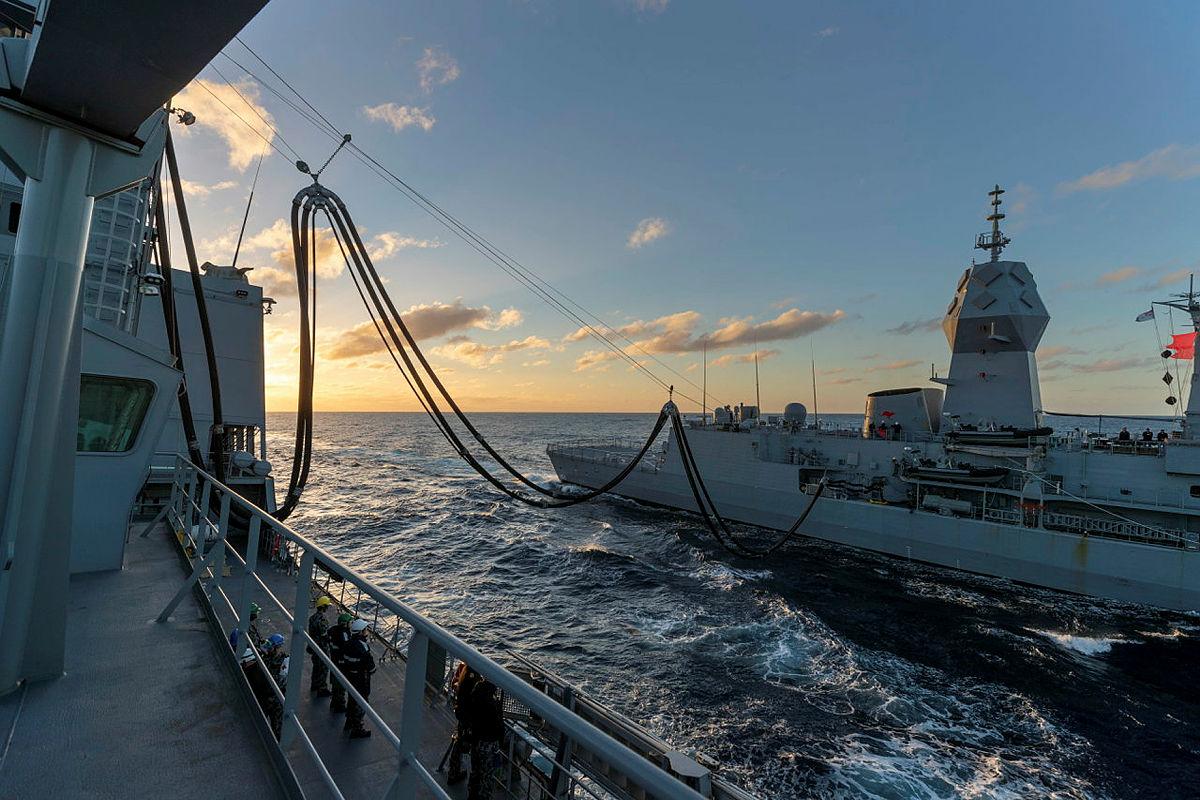
The Royal Australian Navy’s (RAN) new Supply-class auxiliary oiler replenishment (AOR) ship, HMAS Supply, has successfully carried out fuel replenishment at sea with HMAS Anzac for the first time.
It is the first of two Supply-class AOR ships being built by Spain’s Navantia as part of a contract awarded in May 2016. The vessel was commissioned in April this year.
These vessels will replace HMAS Success and HMAS Sirius.
This first replenishment at sea marks a major milestone for the navy’s at-sea ‘refuel and resupply’ capability, stated acting sub lieutenant Jack Meadows.
This capability is crucial to extending sea time for Australian and allied-nation ships.
HMAS Supply’s first replenishment at sea took place off Australia’s east coast. It transferred diesel fuel to HMAS Anzac.
With the successful completion of the replenishment at sea, Supply is on-track to achieve initial operating capability (IOC).
RAN NUSHIP Supply commanding officer captain Ben Hissink said that the latest milestone proves the versatility of the AOR.
Hissink said: “The navy’s new AORs are exceptionally versatile and a valuable generational shift from previous logistics ships.
“They can carry larger volumes of fuel, operate in a wider range of sea states and environmental conditions, support smaller ships and are now equipped with a combat management system that enhances their interoperability with Australian and allied assets.
“The success of our first RAS means we are one step closer completing our operational test and evaluation period and being out on the seas delivering a critical enabling capability.”
The AORs will be used for carrying fuel, water, food, parts, and dry cargo. They will primarily provide logistics replenishment to naval combat units at sea and bridge the current capability gap.
The ships will also support humanitarian and disaster relief (HDR) operations both domestically and regionally.



